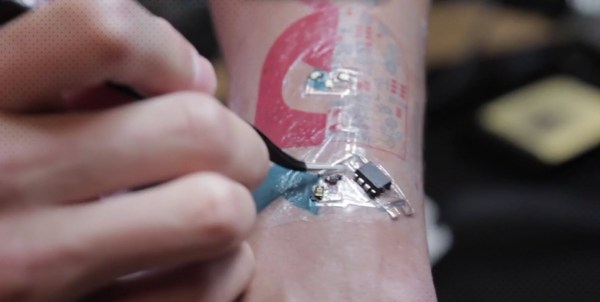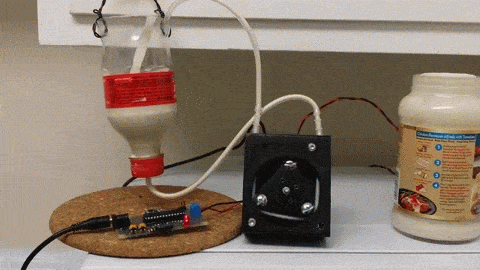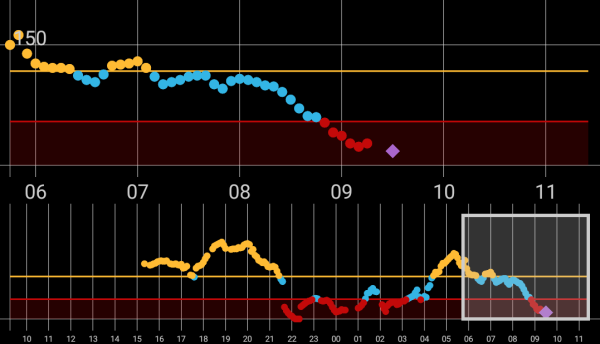We had some incredible speakers at the Hackaday SuperConference. One of the final talks was given by [Kay Igwe], a graduate electrical engineering student at Columbia University. [Kay] has worked in nanotechnology as well as semiconductor manufacturing for Intel. These days, she’s spending her time playing games – but not with her hands.
Many of us love gaming, and probably spend way too much time on our computers, consoles, or phones playing games. But what about people who don’t have the use of their hands, such as ALS patients? Bringing gaming to the disabled is what prompted [Kay] to work on Control iT, a brain interface for controlling games. Brain-computer interfaces invoke images of Electroencephalography (EEG) machines. Usually that means tons of electrodes, gel in your hair, and data which is buried in the noise.
[Kay Igwe] is exploring a very interesting phenomenon that uses flashing lights to elicit very specific, and easy to detect brain waves. This type of interface is very promising and is the topic of the talk she gave at this year’s Hackaday SuperConference. Check out the video of her presentation, then join us after the break as we dive into the details of her work.
Continue reading “Kay Igwe Explains Brain Gaming Through SSVEP”

















